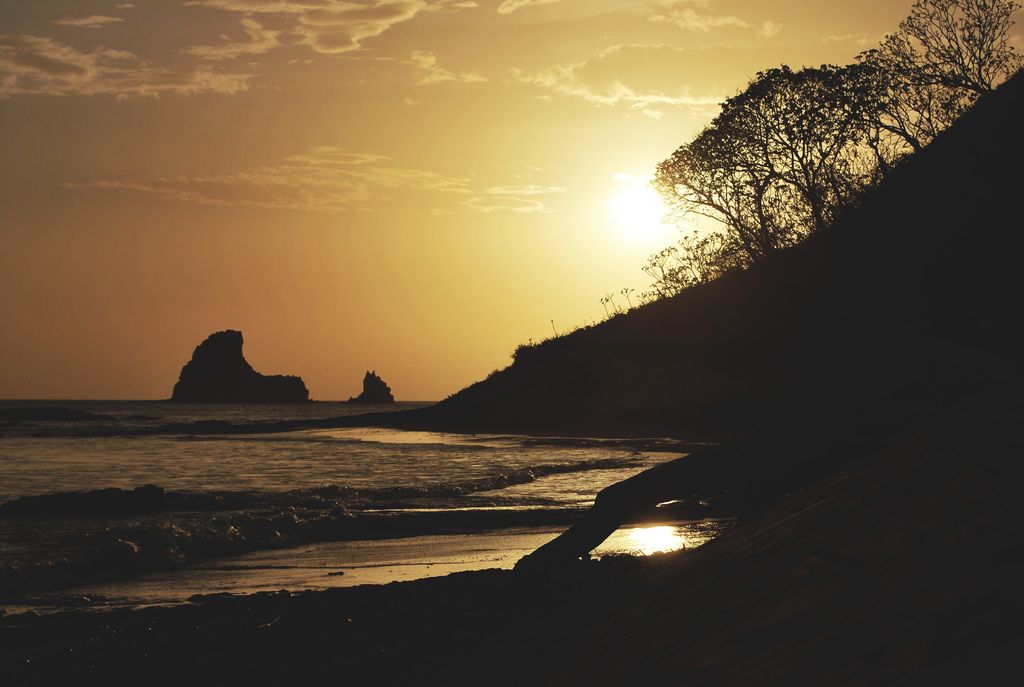Golden Dome: The Unrealistic Dream
Trump's Proposed Golden Dome Architecture Faces Challenges - Generating Possible Profits for Defense Contractors
Heed this conversational take on the controversy surrounding the Golden Dome, an ambitious missile defense system proposed to protect the United States. Brace yourself for a no-holds-barred exploration of the challenges and questionable feasibility of this proposed system.
Remember Reagan's dream of a missile defense system that could blast Soviet nukes out of the sky? Well, here we are, still trying to realize that dream. The modern twist is the Golden Dome, a system that's supposed to shoot down nukes, missiles, and drones threatening the U.S. The catch? It's an impossible dream, as a recent study revealed.
Golden Dome isn't the first attempt at building a missile defense system. We've been at it since before Reagan took office. Our efforts haven't exactly been successful. Yet, defense contractors pocketed some serious cash along the way.
Trump's signing an executive order to plan for a Golden Dome-style system hasn't eased concerns. This system is supposed to protect against ballistic missiles, hypersonic weapons, and advanced cruise missiles. The stakes are high, and if the system fails, America's in deep trouble.
But the nitty-gritty isn't pretty. The Golden Dome's selling point is shooting down incoming missiles before they cause damage. Sounds simple, right? Wrong. Covering vast territories while identifying, tracking, and destroying high-speed targets isn't feasible with current technology. It's like trying to shoot a bullet out of the sky with another bullet.
A recent scientific study laid everything on the table, detailing the challenges posed by such a system. Trump's executive order is vague and broad, covering a myriad of potential threats. But the bottom line is simple: we can't stop a determined ballistic missile attack. Yet, we continue to throw money at this project. Around $400 billion since 1983, to be exact.
One study hones in on the difficulties faced by a potential Golden Dome-style system. North Korea's missiles have three phases, each with its own set of complications. During the boost phase, the nuke is just building momentum, making it hard to get close enough to intercept. This calls for strategies like building systems close to the Pacific, which would probably irk our neighbors China.
Space-based systems sound like a better option, but they have their drawbacks too. Imagine surrounding the planet with thousands of satellite-borne weapons to counter a single North Korean nuke. That's a vast amount of resource allocation, not to mention the cost and vulnerability to anti-satellite attacks.
If a space-based system seems too sci-fi, how about good ol' lasers? Reagan's original plan was lasers, but today, technology hasn't come near to reflecting the promise of the '80s. And let's not forget the arms race. As America works on the Golden Dome, our enemies will be developing new weapons to counter it. By the time we get our system up and running, they might be ready with their own response.
So, what's the solution? Well, some argue for continued investments in theater missile defense systems, which have shown effectiveness in specific regions. It's a more realistic approach that acknowledges the limitations of national shields.
In the end, the Golden Dome is a pipe dream. It's a project doomed by technical challenges, financial burdens, and strategic implications. Any money spent on this project might as well be tossed down a rat hole. But hey, who's gonna stop the authorities from rolling the dice? After all, dreams are worth chasing, even if they lead to Vegas-sized losses.
- Despite the continued efforts in tech and advancements in technology, the feasibility of realizing a national missile defense system like the Golden Dome remains questionable, as revealed by a recent study.
- The forthcoming Golden Dome-style system, intended to protect against various missile threats, faces inadequacies in tracking and destroying high-speed targets, making it akin to shooting a bullet out of the sky with another.
- The expenditure on missile defense systems, such as the Golden Dome, totaling around $400 billion since 1983, might be better spent addressing other vital federal needs, as some argue that such systems are ineffective and unlikely to succeed.
- The international implications of a federated missile defense system, like the Golden Dome, could lead to tensions with neighboring countries, as evidenced by the potential repercussions of building systems close to the Pacific.




